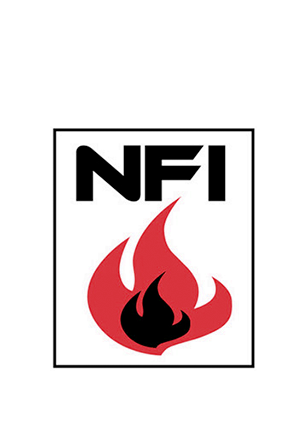Is There Something Unusual in Your Chimney?
- Hits: 1108
Imagine you’re unwinding on the couch after a tough day, immersed in a book or perhaps resting your eyes. Suddenly, you hear rattling, scratching, or eerie noises coming from the chimney. You might wonder if it’s haunted. Before calling for supernatural help, relax—it’s probably just a visitor from the animal kingdom. Chimneys can emit alarming sounds when you’re unsure of the cause. Let’s examine some common noises and their origins, along with solutions to address them.
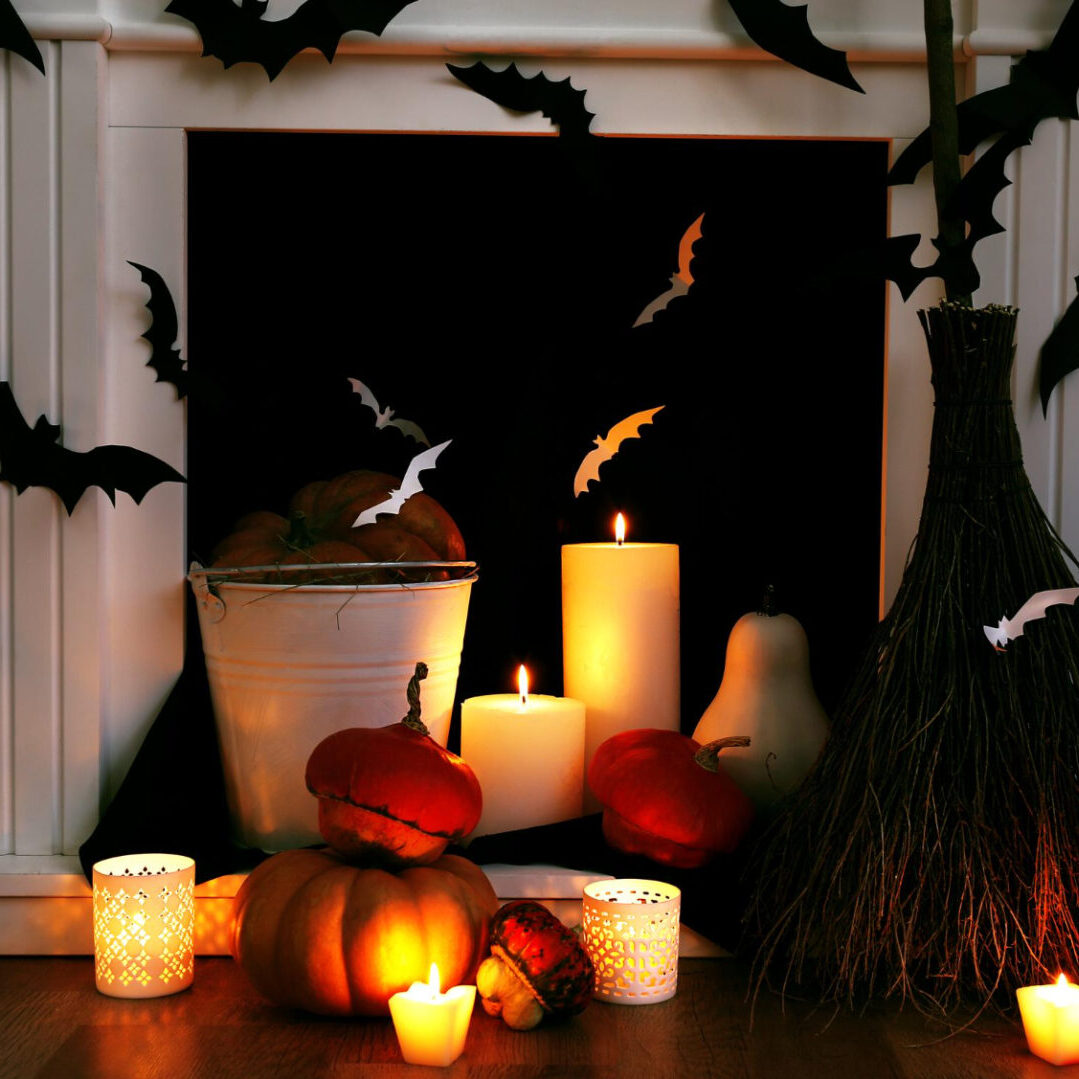 Frequent Chimney Noises & Their Origins
Frequent Chimney Noises & Their Origins
Scratching or Rustling
The most frequently reported sounds from chimneys are scratching or rustling, indicating a creature has gotten inside. Birds, squirrels, and raccoons are often responsible. Birds enjoy nesting in chimneys, while squirrels and raccoons seek them out for sheltering their young.
Solution: Removing animals from tight spaces can be dangerous because they tend to be defensive. It’s best to call a professional wildlife removal service for assistance. After they’re removed, ensure a chimney cap is installed to prevent re-entry while allowing smoke to exit.
Whistling or Howling
Whistling or howling sounds are usually due to wind, especially in high-wind locations or homes with tall chimneys. Wind passing over the chimney can create an echoing effect, resulting in these unique noises.
Solution: Similar to preventing animal issues, installing a cap with a wind guard can help. This directs wind away from the chimney, reducing noise and preventing downdrafts. An inspection by a professional can check for any cracks or gaps that might be amplifying the sounds.
Buzzing or Humming
These sounds might mean bees or wasps have set up a hive inside. Chimneys offer a dry refuge, making them attractive to insects. Bees and wasps pose significant danger, so immediate removal is essential.
Solution: If you suspect bees or wasps, don’t remove them yourself, as disturbing their nest could be hazardous. Contact a pest control expert for safe removal. Once they are eliminated, a chimney cap can block future insect intrusion.
Rumbling or Thumping
These noises may be due to temperature changes causing the flue liner to expand and contract. It’s most noticeable when the fire is first lit or when it begins to die down.
Solution: While usually not dangerous, this might suggest the flue liner needs replacing. Consult with a chimney contractor for an inspection and consider installing a damper to manage airflow, minimizing temperature changes.

Dripping or Gurgling
Such noises typically signal water presence. Unsheltered or improperly sealed chimneys can admit rain, causing noise as water travels through the flue. Water entry can result in issues like cracked bricks and mold.
Solution: Verify that a cap is in place and fits well. Water may also seep through masonry cracks. Once inside, freezing can exacerbate the damage over time. Waterproofing adds protection against water damage and noise.
Popping or Cracking
Often the result of burning wet firewood, these sounds are nostalgic but can indicate problems like more creosote buildup and inefficient fires.
Solution: Use seasoned firewood that has dried for six months; it burns cleaner and more efficiently. If popping persists, inspect the flue for excess creosote with help from a chimney sweep.
While some chimney sounds are benign, others can signal serious, dangerous issues. Regularly schedule cleaning and inspections with certified professionals. If an unsettling noise arises, consult an expert rather than attempting a DIY fix.



